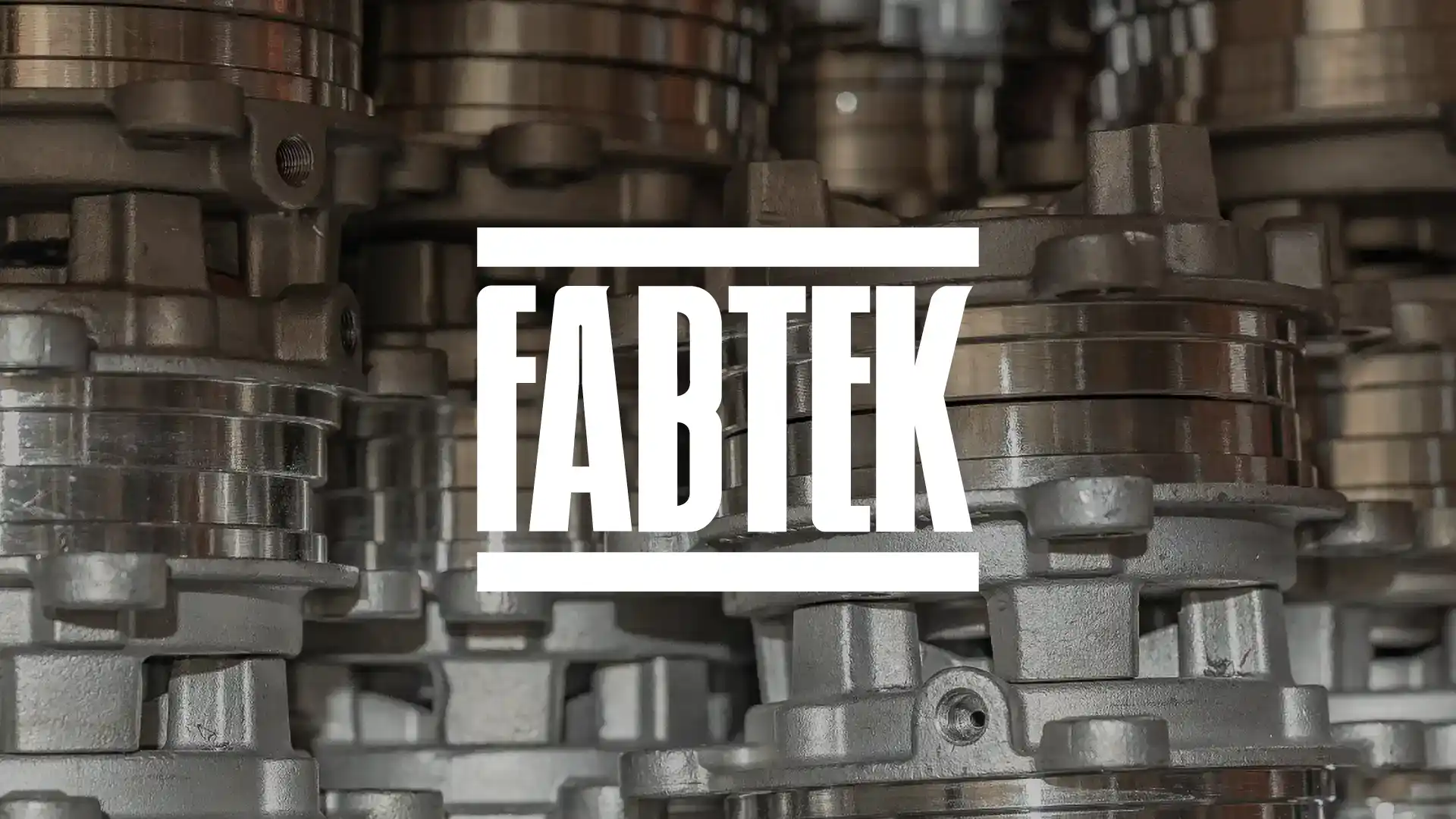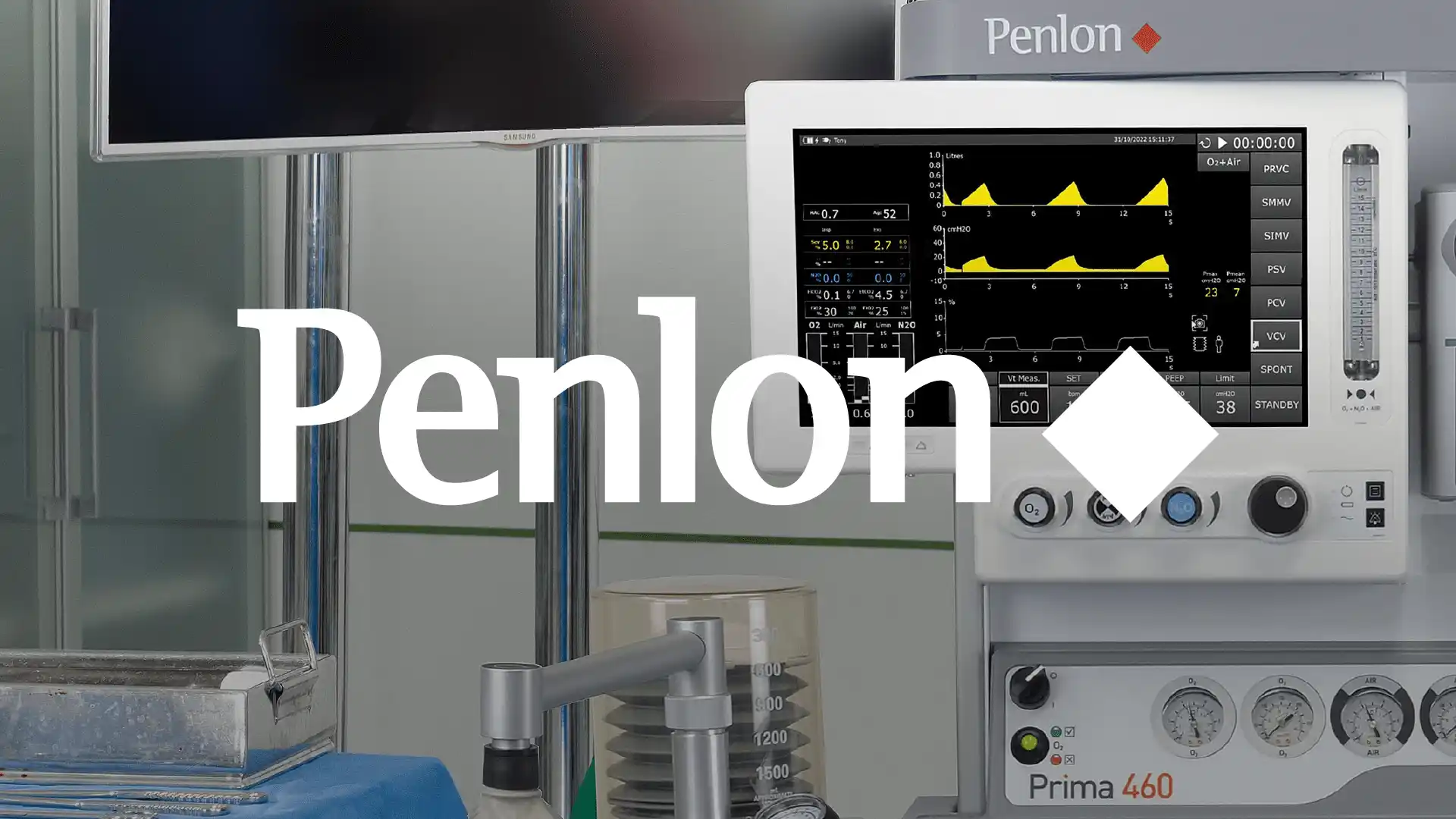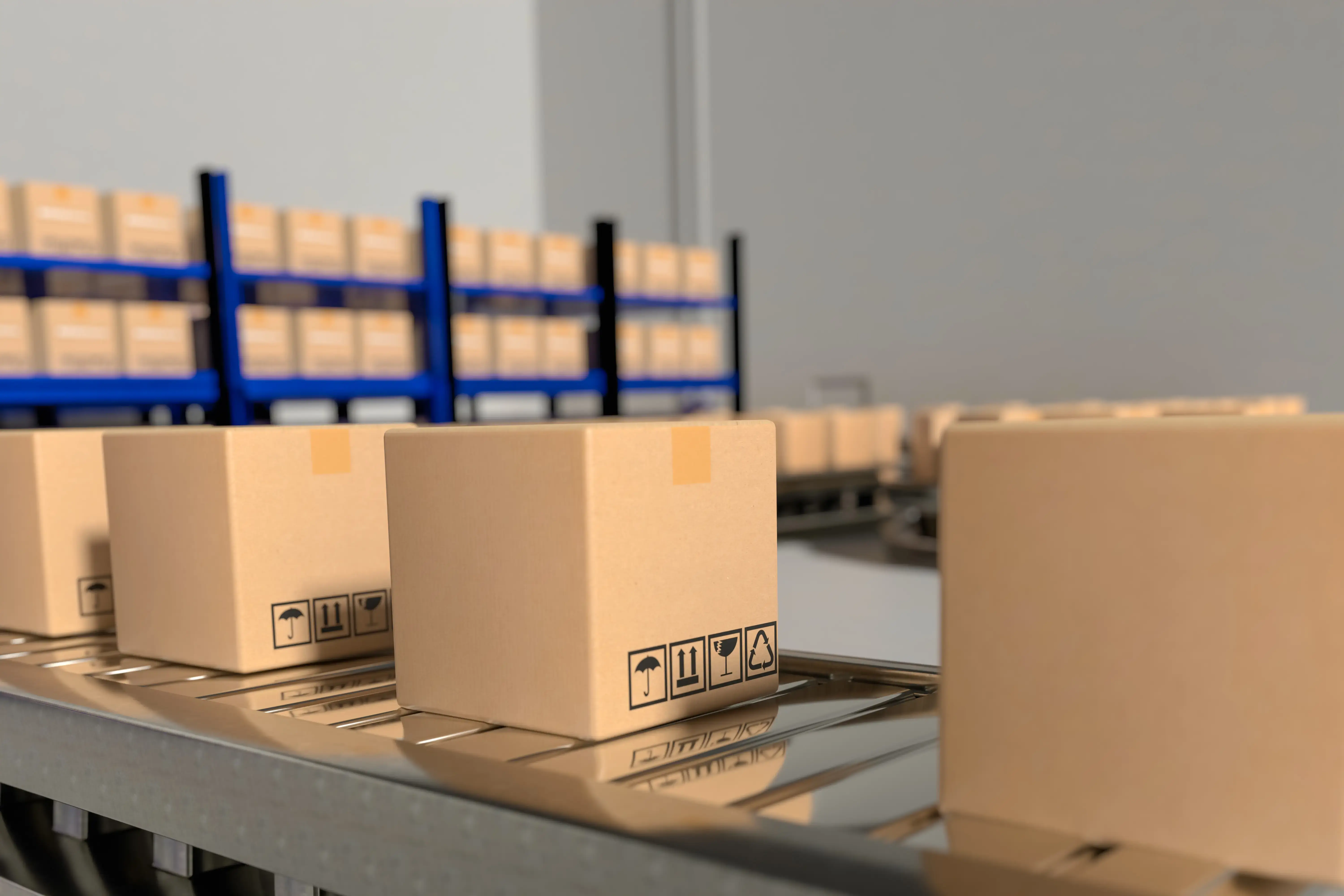In an increasingly competitive global market, almost all industries are in the midst of a servitization transformation. By shifting from just selling manufactured products to also providing services, product-driven companies are unlocking new revenue streams, enhancing customer satisfaction, and gaining a competitive edge.
Keywords: Service oriented, service contracts, customers based, servitization models, remote monitoring, proactive maintenance, servitized business model, support services
Redefining Manufacturing Through Services
Servitization, also known as solution selling and advanced services, involves the bundling of manufactured products with value-added services, such as maintenance, repairs, training, and data analytics. With this shift, manufacturers move beyond selling individual products to selling comprehensive solutions that address evolving buyer needs.
By adopting a customer-focused strategy, businesses use a “solution selling” model to drive growth and thrive in today’s competitive landscape. In essence, this value-based strategy expands a company’s capabilities to deliver a greater customer experience.
How Does Servitization Work?
Harvard Business School Professor Theodore Levitt famously said: “People don’t want to buy a quarter-inch drill. They want a quarter-inch hole!” It’s one of the most well-known quotes in marketing, and it’s still relevant today.
Imagine you’re a manufacturer of industrial equipment. Selling just a drill press doesn’t solve the buyer’s problem because it doesn’t address their core need: creating the hole. By just focusing on the drill press, you’re missing the bigger picture and limiting your potential.
By adding maintenance services, you’re not just selling a drill; you’re providing a solution to your customer’s problem: the need to drill a quarter-inch hole. You’re delivering the desired outcome, not just the tool to achieve it.
Examples of buying the outcome include:
- Philips offers “Lighting-as-a-Service” to airports. Instead of selling lamps, they provide LED lighting systems and take full responsibility for performance and durability. This approach cuts electricity use by 50% and lowers costs.
- Rolls-Royce no longer just sells jet engines. With their “power-by-the-hour” model, customers pay for engine performance instead of owning the equipment.
- Caterpillar provides “Equipment-as-a-Service,” which includes equipment rental, maintenance, and repair. Customers get the tools they need—when they need them—without the hassle or cost of ownership.
- Software-as-a-Service (SaaS) follows a similar model. Instead of buying and maintaining software, customers subscribe to it—always up to date, always value-focused.
The Drivers Behind the Shift to Service-Based Models
The shift from selling products to providing services is being driven by a perfect storm of factors. Here are three key drivers of outcome-based business models:
#1 Evolving Customer Needs
Today’s customers demand more than just products; they seek solutions and outcomes. The rising demand from a new generation of consumers is also driving the desire to “not own things.”
This mindset is entering B2B as well. ‘Outcomes-as-a-Service’ is quickly emerging as the way companies buy from vendors. Increasingly, customers purchase access to the value products deliver—not the products themselves.
For vendors, this means aligning with customer efficiency and preventative maintenance goals. For buyers, it reduces asset risk and conserves capital.
#2 Sustainability Demands
Environmental concerns are pushing companies to eliminate supply chain waste and promote resource efficiency—a core principle of the circular economy.
Outcome-based selling allows manufacturers to restructure product life cycles toward reuse and refurbishment. In this new economy, unsustainable practices won’t just be unpopular—they may be regulated out.
#3 Profitability
Advanced services can reduce the cost of launching new products and replace one-time sales with recurring revenue. When priced correctly, they often generate higher margins.
Bundling services with products helps smooth seasonal demand and adds value throughout the entire product life cycle. For buyers, it reduces risk and boosts cash flow.
Recommended Customer Stories

Case Study: Fabtek
Fabtek deliver detailed, accurate quotes 50% faster to scale their operation and increase sales.

Case Study: Penlon
Penlon revolutionized their entire quoting process, eliminated errors and increased capacity.

Case Study: Eurotherm
Quote time by more than 50%, automatically generating part numbers and pricing.
Key Challenges
Outcome-based selling offers massive potential for manufacturers, but it also introduces complexity. Key challenges include:
- Organizational Structure: Sales and operations teams may need new roles and systems to support collaboration, data capture, and transparency.
- Customer Relationship Management: A deeper understanding of customer needs is essential to define and bundle the right mix of services.
- Risk Management: Long-term service contracts carry risk from equipment failure, labor shortages, or supply disruptions.
- Implementation Complexity: Managing bundles with multiple components and pricing options requires structure, accuracy, and system support.
How CPQ Empowers Servitized Manufacturing
The servitization megatrend is here. Manufacturers are moving to outcome-based models that provide value both financially and socially. It’s a win-win—more predictable revenue, higher customer satisfaction, and competitive advantage.
To deliver this value, sales teams must quote quickly, handle complexity, and meet expectations consistently. That’s where CPQ comes in.
A modern CPQ software for manufacturing enables:
- Configuration of complex service contracts
- Bundling of products and support services
- Dynamic pricing based on usage or subscriptions
- Fast, flexible, accurate quoting aligned with servitized sales models
But that’s just the start.
With XaitCPQ, manufacturers go further. It integrates seamlessly with top CRMs like Salesforce, Microsoft Dynamics 365, and HubSpot, enabling real-time sales intelligence and smart proposals.
Reps can combine equipment, services, remote monitoring, and proactive maintenance in a single quote—accurate, scalable, and fast. The result: customers subscribe to outcomes, not just tools. Sales teams lead the conversation.
Why Choose XaitCPQ?
Because complexity is our strength. Whether it’s customized machinery or service bundles, XaitCPQ manages deep configuration logic without slowing your team down.
This is quoting for the future of manufacturing
Learn how CPQ software enables businesses to achieve this:








